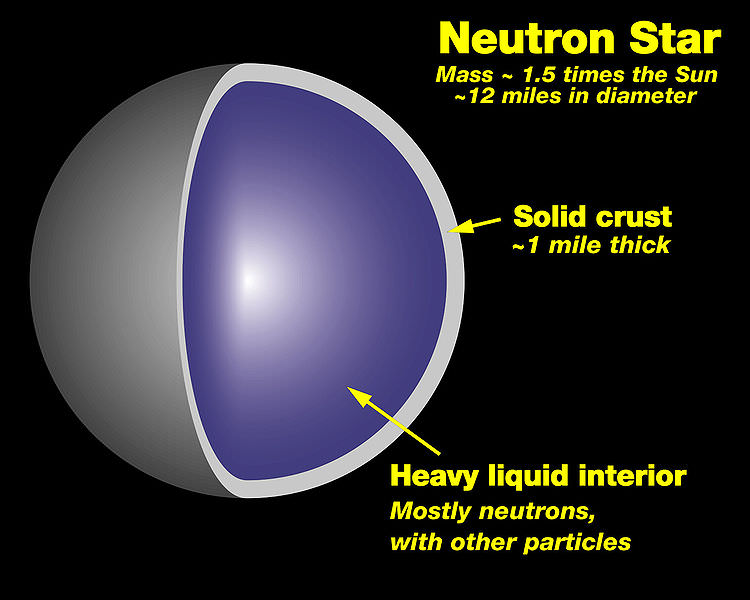[/caption]
Anyone who took elementary science in grade school recalls the lesson about the three states of matter, right? That was the one where we were told that matter comes in three basic forms: liquid, solid and gas. This works for the periodic table of elements and can be extended to include just about any compound. Except perhaps for whipped cream (that damnable compound continues to defy attempts as classification!) But what if there were a fourth state for matter? It occurs when a state of matter similar to gas contains a large portion of ionized particles and generates its own magnetic field. It’s called Plasma, and it just happens to be the most common type of matter, comprising more than ninety-nine percent of matter in the visible universe and which permeates the solar system, interstellar and intergalactic environments.
The basic premise behind plasma is that heating a gas dissociates its molecular bonds, rendering it into its constituent atoms. Further heating leads to ionization (a loss of electrons), which turns it into a plasma. This plasma is therefore defined by the existence of charged particles, both positive ions and negative electrons.The presence of a large number of charged particles makes the plasma electrically conductive so that it responds strongly to electromagnetic fields. Plasma, therefore, has properties quite unlike those of solids, liquids, or gases and is considered a distinct state of matter. Like a gas, plasma does not have a definite shape or a definite volume unless enclosed in a container. But unlike gas, under the influence of a magnetic field, it may form structures such as filaments, beams and double layers. It is precisely for this reason that plasma is used in the construction of electronics, such as plasma TVs and neon signs.
The existence of plasma was first discovered by Sir William Crookes in 1879 using an assembly that is today known as a “Crookes tube”, an experimental electrical discharge tube in which air is ionized by the application of a high voltage through a voltage coil. At the time, he labeled it “radiant matter” because of its luminous quality. Sir J.J. Thomson, a British physicist, identified the nature of the matter in 1897, thanks to his discovery of electrons and numerous experiments using cathode ray tubes. However, it was not until 1928 that the term “plasma” was coined by Irving Langmuir, an American chemist and physicist, who was apparently reminded of blood plasma.
As already mentioned, plasmas are by far the most common phase of matter in the universe. All the stars are made of plasma, and even the space between the stars is filled with a plasma, albeit a very sparse one.
We have written many articles about plasma for Universe Today. Here’s an article about the plasma engine, and here’s an article about the states of matter.
If you’d like more info on plasma, check out these articles from Chem4Kids and NASA Science.
We’ve also recorded an episode of Astronomy Cast all about the Sun. Listen here, Episode 30: The Sun, Spots and All.
Sources:
http://en.wikipedia.org/wiki/Plasma_%28physics%29
http://en.wikipedia.org/wiki/Crookes_tube
http://en.wikipedia.org/wiki/Charge_carrier
http://en.wikipedia.org/wiki/J._J._Thomson
http://en.wikipedia.org/wiki/Irving_Langmuir
http://www.plasmas.org/basics.htm
http://www.plasmas.org/what-are-plasmas.htm


